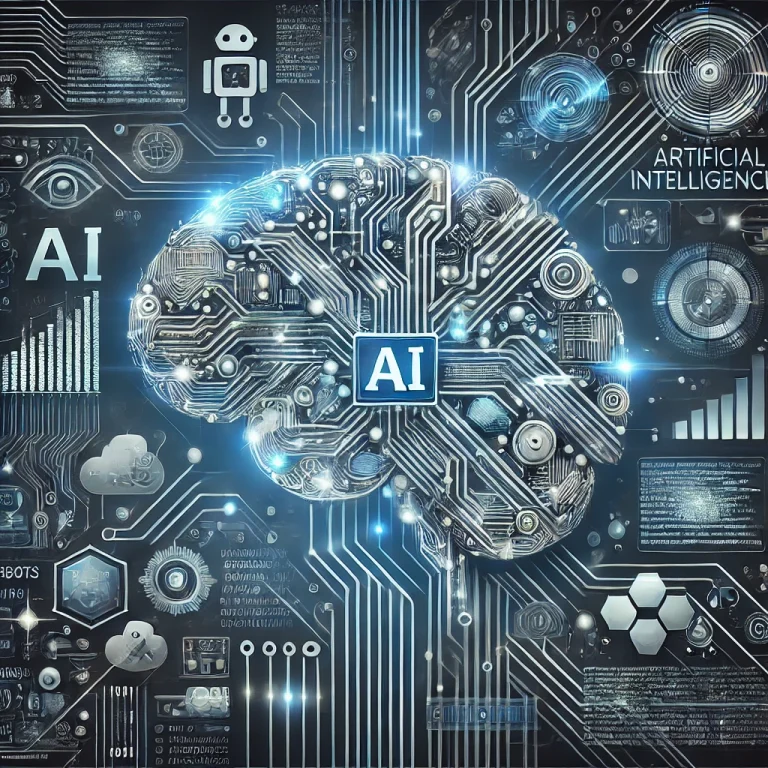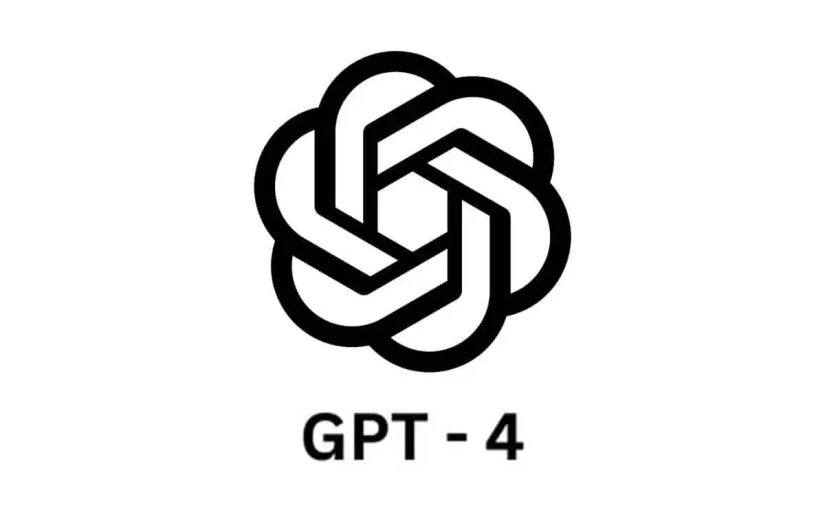The Future of AI: Why AGI Won’t Happen (and What Will Really Happen)
In the current context of the AI industry, the recent departures of executives at OpenAI raise important questions regarding the future of the company and its technologies. After years of innovation, the loss of key talent could have a significant impact on OpenAI’s strategic direction and its development ambitions.
As a developer who closely follows technological advancements, I am fascinated by the rise of artificial intelligence (AI). Today, much of the discussion focuses on AGI (artificial general intelligence): the idea of an AI capable of understanding and solving any problem, like a human—or even better. However, after observing market trends and analysing comments from major players in the field, I believe it is time to be realistic: AGI is not just around the corner. Here’s why.

AGI: A Distant Dream
Some industry leaders, like those at OpenAI, claim AGI is within reach. However, there are signs that achieving this may be more complex than they suggest. Many key executives have recently left the company, including major technical leaders (https://www.theregister.com/2024/09/26/openai_execs_leave/ ). If OpenAI were on the brink of creating what would arguably be the greatest technological breakthrough in history, why would these people leave? It’s highly likely that AGI remains a distant prospect, despite the public optimism.
The Near Future of AI
Instead of witnessing the emergence of AGI, I believe we’ll see something else: the generalisation of current technologies. Models like OpenAI’s GPT-4, Anthropic’s Claude, and Meta’s Lama are reaching similar performance levels. This convergence of capabilities means AI technologies are becoming more accessible, and their costs are rapidly dropping.
Today, if you want to integrate an AI feature like GPT into your product, it costs about 95% less than it did a year ago. This incredible cost reduction makes AI increasingly affordable for businesses, and this trend is likely to continue.
Pervasive, Cheap AI
In a few years, AI will be everywhere and almost free to integrate. However, this does not mean the companies developing these technologies will generate massive profits. With competition driving these technologies toward similar levels, margins will shrink, and AI will become a mere commodity—a tool among many in the toolbox of developers and businesses.
Some companies, like OpenAI, have shifted from non-profit to for-profit models. This change likely aims to maximise profits before AI becomes mundane. We may see IPOs, allowing certain people to capitalise on this opportunity before the market reality—ubiquitous, low-margin AI—sets in.
AI: Just Another Technology
Over time, AI will become so common that we won’t even talk about it as a revolutionary technology. Just as we no longer refer to products as “Internet-enabled” because everything is already connected, AI will simply be an integrated aspect of all technological products. It will no longer be a unique selling point but just another standard feature in our tools.
Conclusion
Artificial intelligence is advancing at an incredible pace, but AGI remains a far-off utopia. What we are witnessing today is AI technology becoming commoditised and accessible to everyone. The real challenge, for businesses and developers alike, will be to adapt to this new landscape where AI is no longer cutting-edge innovation but simply a standard technology.
What do you think? Am I being too pessimistic about the future of AGI, or do you share this pragmatic vision? I’d love to hear your thoughts in the comments below!
By the way, credit for this reflection partly goes to: https://twitter.com/pbeyssac/status/1843383681169404142?s=61&t=ZPc0HYWpiZX3MG4_4hBG5w

